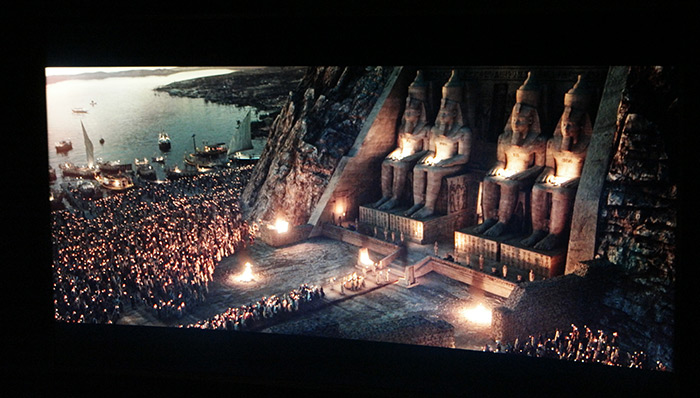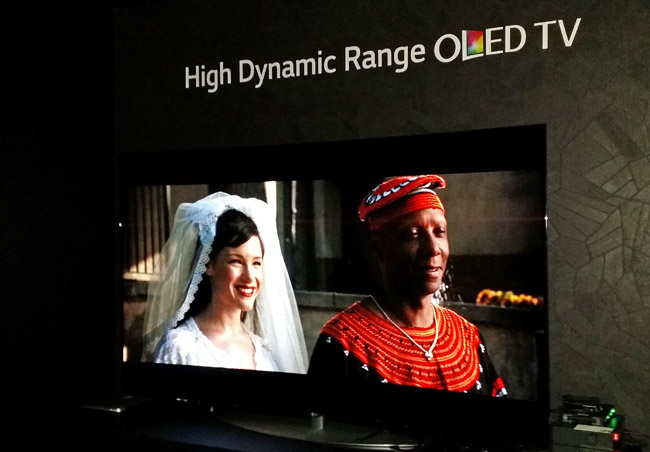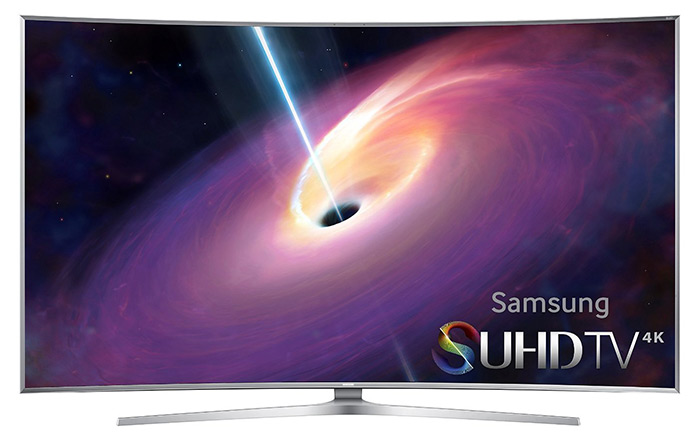Early adopters are used to paying high prices for the latest technology only to have something better come out for half the price in short order. But this year, we're beginning to see some pretty major improvements in content and TV picture quality, and they're ones you won't be able to enjoy if you've already purchased a 4K Ultra HD TV.
At CES, all of the major manufacturers announced picture quality improvements that will not only require buying a new TV in order to see the difference, but you'll also have to buy new content. While something like Quantum Dot technology, which was announced as part of LG's and Samsung's Ultra HD technology portfolio for 2015, and full array backlighting with local dimming can make any content look better on an LED/LCD TV, there are other features that require new content and new technology in the TV to exploit. These features include High Dynamic Range (HDR) and Wider Color Gamut.
If a display is capable of HDR (High Dynamic Range), it means that it is capable of displaying content with areas that are very bright along with areas that are much darker, without losing all the lovely details in between. Typically you'll see that sets with HDR capability will have higher peak brightness capabilities than a traditional HD or UHD TV. The manufacturers at CES were claiming peak brightness of their HDR-capable TVs between 600 nits and 1000 nits while a typical LED/LCD peaks out closer to 250-300 nits. Content that looks particularly good on an HDR-capable set would include sunsets, street lamps at night, views of a bright moon reflecting off a dark sea: basically anything that can have a wide range of brightness levels on screen at any one instant.
But what makes things complicated is that there is no universal standard yet for how to master content for an HDR version of a film nor how to deliver it to a display. If you master HDR content for a set with a particular profile or max brightness level, that content will look significantly different on another set with a different HDR profile. Copious amounts of shadow detail may be lost, blacks or bright whites may be clipped: none of which is good for enjoying movies and other content at home.
For example, we have seen some HDR content on an upcoming Samsung UHD TV that looks amazing. A cut from "Life of Pi" shows a bright glowing moon standing out against a crisp black background of stars with details still visible on the ocean waves at night. Another clip from "Exodus: Gods and Kings" highlights the subtle details of golden armor in one scene while another scene show fine facial details still visible in a brighly lit desert backdrop. But Samsung admitted that they had sent a sample of this particular TV to the studio so that the content could be mastered specifically for it and its 1,000 nits of peak brightness. Comparing this same content on other brands and models of UHD TVs, that content looks muted with a noticeable loss of fine detail and contrast.

Dolby's version of HDR, "Dolby Vision" is one attempt to standardize this. By buying content that is mastered with Dolby Vision and buying a TV that has Dolby Vision decoding and certification, customers can be reasonably assured of seeing what the director or DP intended when they made the film, and what the colorists expect you to see when they master the film for HDR for home viewing. But for Dolby Vision content to work, it has to be in the content, and in the display. And this will also be the case with other HDR standards.
We expect that other more generic standards for HDR may also be adopted before the 2015 model year sets begin shipping or shortly thereafter. Streaming giant Netflix has announced that they will support HDR in their 4K streaming service this year, though details of how it will be delivered (and in what standard) are still a little hazy. Hopefully by the time the new Ultra HD Blu-ray players and content starts shipping (currently expected for Q4 of 2015), these details and formats will have become much better fleshed out and more standardized.

Similarly, a wider color gamut means that a display device will need more colors available in its palate. This can help to create a more realistic depiction of the full spectrum of colors available in the real world. The current HD standard (REC 709) is what is used to master High Definition content such as HD broadcasts and Blu-ray Discs. Two other color gamut standards, "BT2020" and "P3" are expected to be part of the new Ultra HD Blu-ray standard, and will be available on select UHD TVs. Well, I should qualify that: P3 color reproduction -- which is the color standard of the DCI (Digital Cinema Initiative) will be attainable on some 2015 models, but BT2020 is still probably not going to be possible on consumer displays for some time. We expect to see HDR content using the P3 color standard begin to become available later this year and into early 2016.

In terms of these new color standards and high dynamic range, there is an additional hitch: To properly view a movie that is mastered in P3 and HDR, the TV will need to be not only capable of delivering that wider color gamut and dynamic range, but also calibrated to that specific standard. This means that you'll need to have user-accessible picture modes that are optimized for different standards. I asked Samsung about this at a recent press briefing and they confirmed my suspicions: the set will need to be calibrated significantly differently for standard HD content as opposed to P3/HDR content. Samsung said it will be possible to store these different calibrations as user-defined picture modes so switching between them should be as simple as hitting a "mode" button on the remote control. Ultimately meta data in the content itself could be used to set the display to the appropriate mode.
So if you're in the market for a new Ultra HD TV right now, and are thinking about taking advantage of a "great deal" on a 2014 model, you might want to hold off a little longer as the new standards start to be fleshed out and the new models start shipping. There will always be something better just around the corner, but the recent flurry of activity around HDR and extended color may be a good reason to wait a bit on purchasing an Ultra HD TV.
Related Articles: